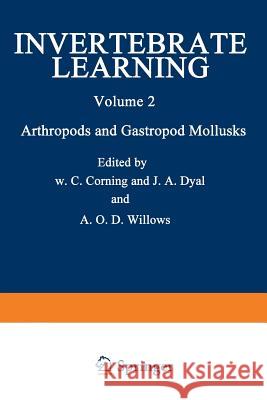Invertebrate Learning: Volume 2 Arthropods and Gastropod Mollusks » książka
topmenu
Invertebrate Learning: Volume 2 Arthropods and Gastropod Mollusks
ISBN-13: 9781468430110 / Angielski / Miękka / 2012 / 284 str.
Kategorie:
Kategorie BISAC:
Wydawca:
Springer
Język:
Angielski
ISBN-13:
9781468430110
Rok wydania:
2012
Wydanie:
Softcover Repri
Ilość stron:
284
Waga:
0.41 kg
Wymiary:
22.86 x 15.24 x 1.63
Oprawa:
Miękka
Wolumenów:
01
Dodatkowe informacje:
Wydanie ilustrowane











